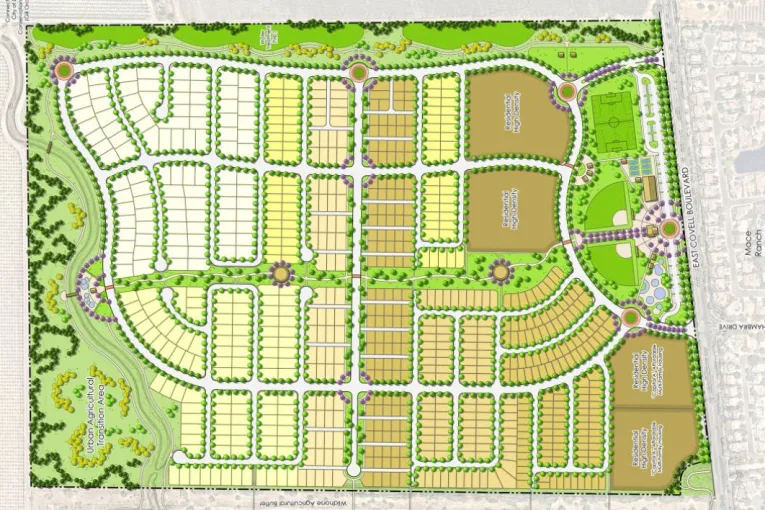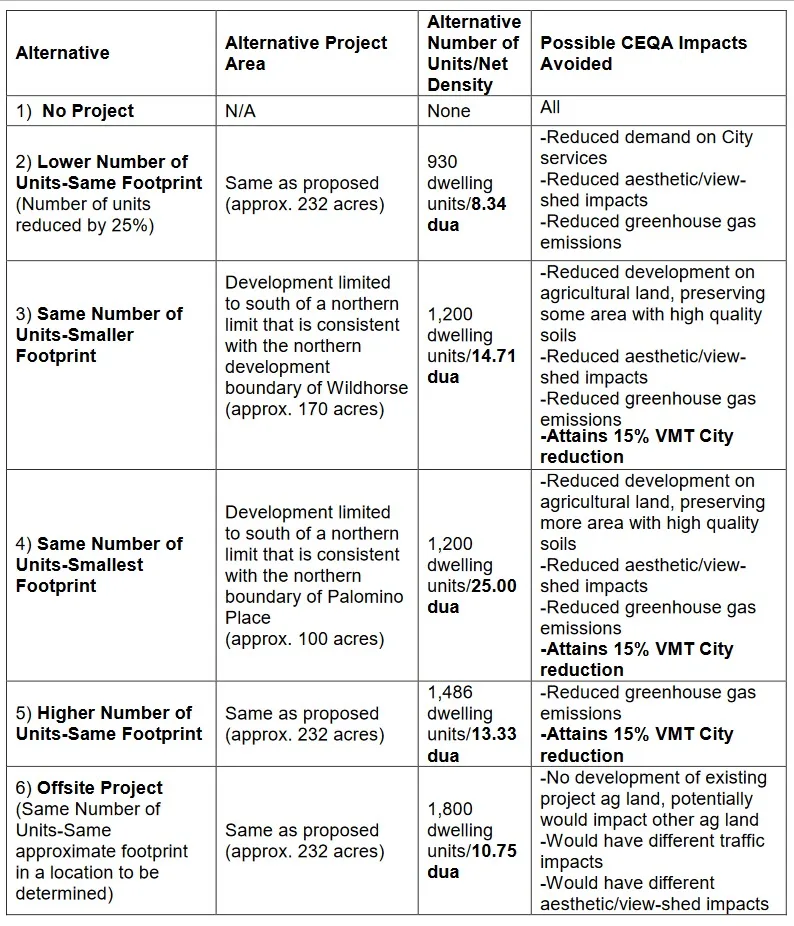
Davis, CA – The Davis City Council returns next week from its August hiatus and will be asked to review the proposed draft EIR alternatives for the Shriners Project—a project expected to go before the voters some time in 2026 pursuant to a Measure J vote.
At a January 9, 2024, City Council meeting, the Council awarded the contract for the preparation of an EIR for the Shriners Property proposal to Raney Planning & Management, Inc. Staff was also directed to draft the NOP (Notice of Preparation) and return to council—which they did in July.
The scoping period for the NOP was opened on July 12 and concluded on August 12. In addition, a Scoping Meeting was held on July 25 at the Senior Center.
In the staff report, staff notes that CEQA requires local jurisdictions to analyze the summary of potential impacts on the environment by proposed development projects.
“CEQA is intended to inform government decisionmakers and the public about the potential environmental effects of proposed activities and to prevent significant, avoidable environmental damage,” staff writes.
“When potential impacts are anticipated to be significant, an Environmental Impact Report (EIR) is required to analyze the impacts and identify mitigation measures that reduce the impacts to less than significant levels, or the approving authority may make a statement of overriding considerations setting forth the specific reasons why the agency found that the project’s ‘benefits’ rendered ‘acceptable’ its ‘unavoidable adverse environmental effects.’”
As part of this analysis, “CEQA requires the analysis of a ‘reasonable range’ of alternative projects that potentially would have one or more lesser environmental impacts than the proposed project.”
Staff clarifies, “Alternatives are not legally required to be analyzed to the same extent as the proposed project on which the EIR is based.” However, “the analyses (must) include sufficient detail to allow a meaningful comparison of the impacts.”
At the July 9 meeting, Council directed Staff to include two higher density projects in the alternatives analysis.
Council asked that these project alternatives “have density based on attaining the 15% reduction in the City’s VMT and that one alternative use the proposed project’s total acreage of 232.2 acres and the other have a reduced ‘footprint’ or total acreage.”
Table 1 – Revised Alternative Project Concepts

CEQA guidelines require the analysis of a “no project” alternative to compare impacts of the proposed project with that of no project.
The guidelines also require the lead agency to consider an “offsite” alternative. After evaluating an offsite alternative, the lead agency can reject it if it is infeasible.
